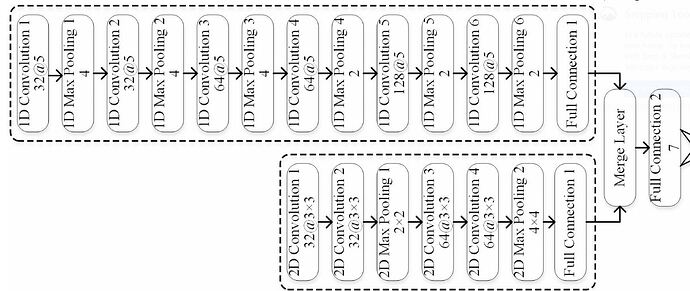Hello everyone,
I am new to PyTorch . I would like to train a simple autoencoder and use the encoded layer as an input for a classification task (ideally inside the same model). This is my implementation:
class Mixed(nn.Module):
def __init__(self, n_embedded):
super(Mixed, self).__init__()
self.encoder = nn.Sequential(
nn.Linear(X_train.shape[1], n_embedded),
nn.ReLU()
)
self.decoder = nn.Sequential(
nn.Linear(n_embedded, X_train.shape[1])
)
self.classifier = nn.Sequential(
nn.Linear(n_embedded, 1),
nn.Dropout(0.2),
nn.Sigmoid()
)
def forward(self, x):
encoded = self.encoder(x)
decoded = self.decoder(encoded)
out = self.classifier(encoded)
return decoded, out
model = Mixed(40)
criterion1 = nn.MSELoss()
criterion2 = nn.BCELoss()
optimizer = optim.Adam(model.parameters(), lr=0.01)
epochs = 150
for epoch in range(epochs):
for inputs, labels in train_loader:
inputs = Variable(inputs)
labels = Variable(labels)
optimizer.zero_grad()
decoded, out = model(inputs)
loss1 = criterion1(decoded, inputs)
loss2 = criterion2(out, labels)
loss = loss1 + loss2
loss.backward()
optimizer.step()
When I run the model, it generates a meaningful result but I just want to make sure that the architecture is correct.
Thank you for your time.


